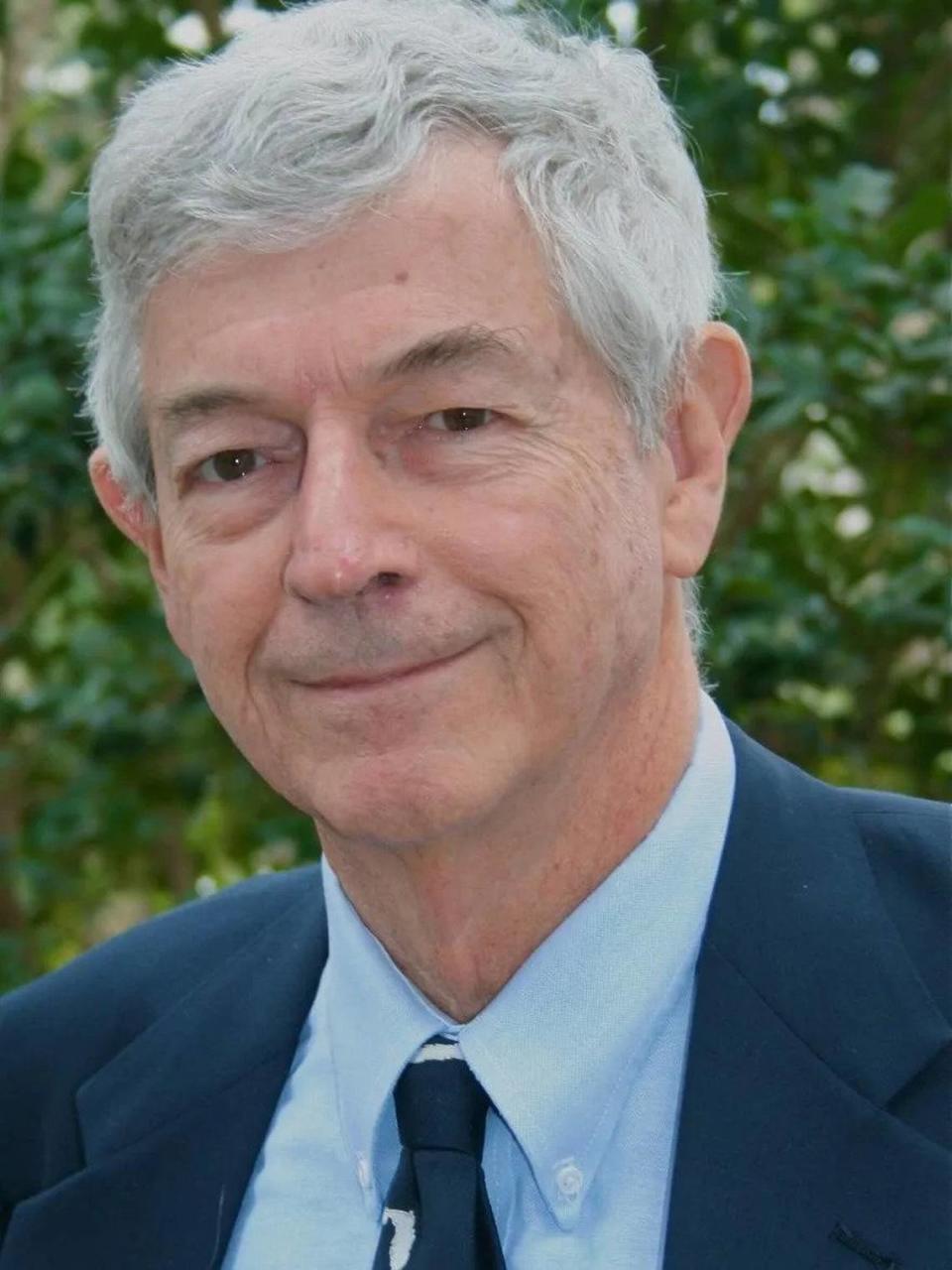Why journalism matters: With the Herald in the lead, Everglades were deemed a treasure | Opinion
On Tuesday, Everglades National Park will celebrate the 75th anniversary of the day in 1947 when President Harry Truman traveled to Everglades City from his Winter White House in Key West to dedicate the park.
In his address that day, having gazed out at the scenic vistas of sawgrass, mangroves, waterways and wildlife, he noted, “Here are no lofty peaks seeking the sky, no mighty glaciers or rushing streams wearing away the uplifted land.
“Here is land, tranquil in its quiet beauty. . . . To its natural abundance we owe the spectacular plant and animal life that distinguishes this place from all others in the country.”
Truman, perhaps the last “common man” to become president, eloquently continued with his thoughts on national parks as “the people’s parks,” and he even included a timely warning against allowing special interests to misuse or abuse our nation’s natural resources.
(Here is the transcript of Truman’s entire address.)
Notably, however, the first words Truman spoke from the lectern — in recognition of the VIPs in attendance — were these: “Mr. Chairman Pennekamp, Mr. Secretary of the Interior, Governor Caldwell, Senator Holland, Senator Pepper, distinguished guests, and ladies and gentlemen.”
Chairman Pennekamp? Arguably nobody else there that day had more to do with the creation of this national park than the Miami Herald’s editor, John Pennekamp.
He had chaired the Everglades National Park Commission when it was reactivated in 1946 after a long dormant period. And it was he who persuaded the Florida Legislature to appropriate the $2 million needed to obtain clear title to the land.
The John Pennekamp Coral Reef State Park on Key Largo is named for him in recognition of his leadership on environmental issues, and some of that park’s Keys territory was included in the original plan for Everglades National Park.
However, when objections from Monroe County threatened to sabotage the entire project, Florida U.S. Sen. Spessard Holland oversaw negotiations that led to a compromise for the park’s boundaries.
Despite the omission of the Keys area, Everglades National Park is the largest national park east of the Mississippi. Even so, at one time the natural Everglades extended all the way from Lake Okeechobee to Florida Bay, so the park is but a remnant of what the region was like before its northern reaches were drained for agriculture, notably sugar cane.
One key factor in the shrinkage of the natural Everglades had occurred decades earlier. In 1881, the state actually sold 4 million acres of public land for 25 cents an acre to Philadelphia millionaire Hamilton Disston.
Disston, who’d promised to reclaim the land for agriculture and development, built a network of drainage canals to dry out the Kissimmee River Valley and the land around Lake Okeechobee.
The constant urge to drain that region’s marshy areas continued for decades thereafter. In the summer of 1947, the practice accelerated when many of the populated areas in Southeast Florida were inundated with disastrous flooding.
This led to the creation of the Central and Southern Florida Flood Control District and sped up construction of a vast network of canals, levees, dikes, locks and pumps under the direction of the U.S. Army Corps of Engineers.
Drying out flood-prone inland areas in western Miami-Dade, Broward and Palm Beach counties facilitated suburban development that eventually sprawled westward to the very fringes of what’s left of the Everglades and continued after the flood-control district became the South Florida Water Management District.
Fortunately, the public’s appreciation of the true nature and importance of the Everglades got a major boost in 1947. A month prior to the park’s dedication, Marjory Stoneman Douglas published her influential book, The Everglades: River of Grass.
This little book helped readers understand the Everglades not as a swamp but as a wide, shallow stream. It also highlighted the vital role this vast area plays in securing this populous region’s long-term sustainability.
Not only is the stream’s slow-moving flow through shading stands of grass and sedge essential to replenishing the aquifer on which millions of Floridians now rely for potable water, but the quality, quantity and timing of the water meandering toward the southern tip of Florida also has a major impact on estuaries and coral reefs.
Douglas’ father, Frank Stoneman, founded the newspaper that is now known as the Miami Herald, and young Marjory worked for a while as a writer there, where she retained many lifelong friends who shared her vision.
Bottom line: Although there were many Floridians who deserve a share of the credit for the creation of Everglades National Park, the crucial supporting role the Miami Herald played is a reminder of the importance of local journalists and their role as advocates for the communities they serve.
It’s an asset that must not be lost.
Robert F. Sanchez, of Tallahassee, is a former member of the Miami Herald Editorial Board. He writes for the Herald’s conservative opinion newsletter, Right to the Point. It’s weekly, and it’s free. To subscribe, go to miamiherald.com/righttothepoint.


 Yahoo Movies
Yahoo Movies 
